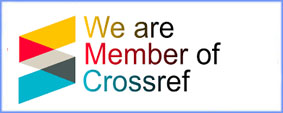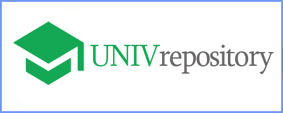PERANCANGAN ARSITEKTUR ENTERPRISE UNTUK SISTEM INFORMASI AKADEMIK DI INSTITUT PTIQ JAKARTA
Keywords:
Enterprise Architecture, Framework, Information System, TOGAFAbstract
Institute of Al-Quran Science College (PTIQ) Jakarta is the first institution devoted to students interested in learning the art of reading, memorization and deeper interpretation of the Koran. In carrying out its main business activities, namely admission of new students, lecture activities, and graduation activities, the PTIQ Jakarta Institute still uses systems, databases, applications and technologies that are still manual yet not mutually integrated. Data management, payment verification, reporting and approval of activities are still done manually. Of course this has many risks such as errors in recording or input data. Besides that, the time needed to complete report preparation is relatively longer because the data and information needed are not integrated in one database. This can have an impact on the speed of decision making by management because of the slowness of the information provided. Based on the above problems, the Jakarta Institute of PTIQ requires an enterprise architecture design to overcome these problems in order to realize the vision, mission, and goals of the organization as a higher education institution that excels in the study and development of Qur'an-based scholarship. Enterprise architecture planning in this study uses the framework of The Open Group Architecture Framework (TOGAF) to design business architecture, data architecture, application architecture, and technology architecture in the business process of admitting new students, admission of new students, lecture activities, and graduation activities. The results of this study produce a blueprint of enterprise architecture which can later be used as a guide in the procurement and development of systems and information technology for the future business processes of new student admissions, lecture activities and graduation activities more effectively and efficiently.








